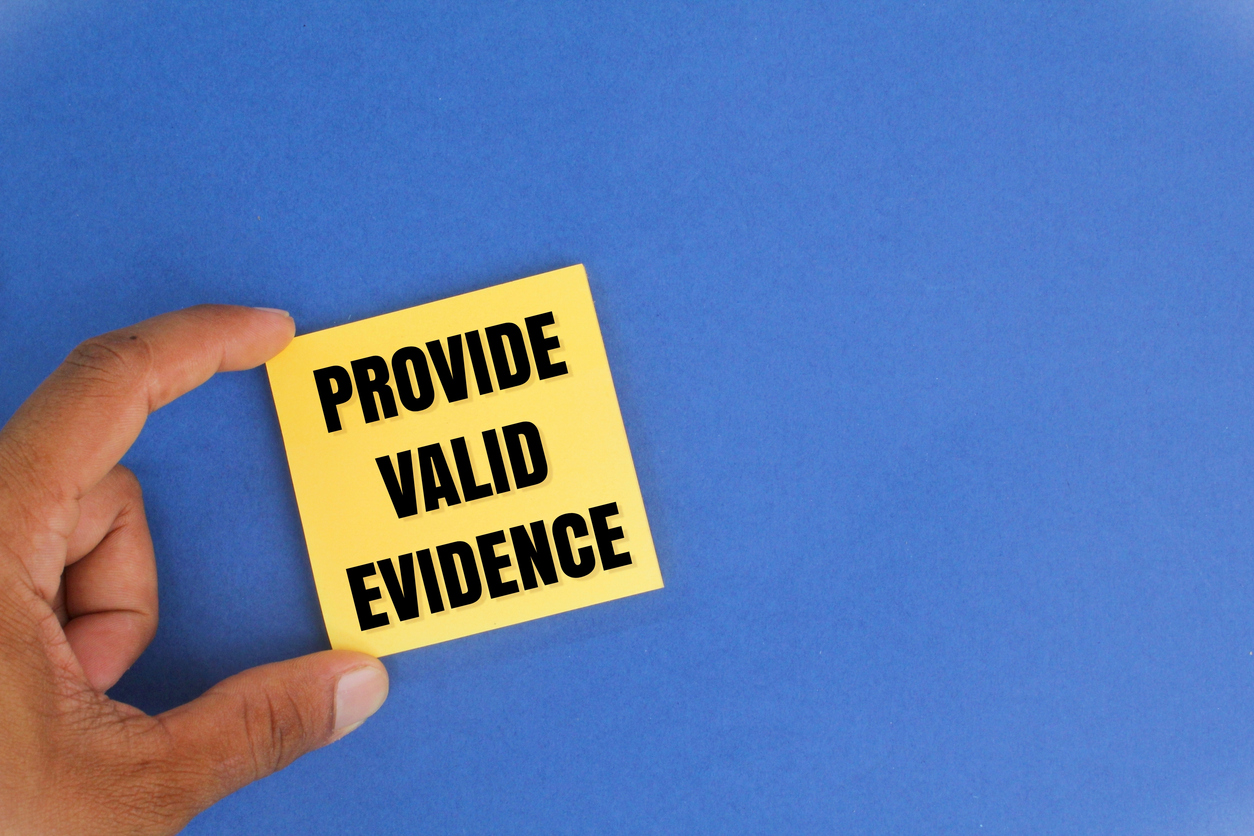(Note: This Guest Blog is by Michelle Claverol, an attorney with Merlin Law Group in the Coral Gables, Florida, office. This is the second part in a series she is writing on business interruption claims).
If you are reading this entry, you are probably familiar with the loss adjustment process of a claim. It is the period of time an insurance carrier has to investigate a claim, make a coverage determination, set its reserves and value the claim that was presented by its policyholder. The loss adjustment process is a necessary evil. The world would certainly be a happier place if insurance companies wrote checks for the full amount claimed immediately after a loss. However, I would not be writing this entry today, and insurance companies would not be executing their fiduciary and statutory duty of investigating claims to prevent wasteful spending of their premiums.
Normally, after a policyholder notifies a claim, the carrier will request a proof of loss. Most policies allow 60 days from the day the insurance company provides the form to complete and return the proof of loss to the carrier (except for policies written under the NFIP). Once the property insurer receives proof of the loss, most policy provisions allow the insurer up to 30 days to review the information and decide whether all the necessary proof is present to accept or reject the proof of loss, or continue investigating a claim. Further, depending on the language of certain loss payment provisions, it could take up to an additional 60 days for payments to be issued.
We have all been there. The loss adjustment process is a painful and arduous period of time, especially when you are working on behalf of the policyholder and catastrophe has impacted their lives to the point of insomnia.
While simple property losses are adjusted in a relatively quick fashion, the more complex losses, particularly business interruption claims, will probably devour at least 90 days following the loss to complete the loss adjustment process, determine coverage and receive undisputed payments.
As discussed last week, the Period of Restoration in a business interruption claim is a period of time that is calculated by estimating the maximum coinsurance percentage, the estimated loss of income and subject to the limits of purchased. The Period of Restoration is then fixed on each individual policy based on a worst case scenario and this target will fluctuate depending on the amount of property damage, the time of the year and many other factors at the time of the loss. The Period of Restoration usually begins right after a loss and will end according to the carrier’s calculation of when the repairs should be reasonably completed and to achieve operational capability.
The question is then, is the gruesome loss adjustment process factored in the Period of Restoration? Typically, no. The time necessary to adjust the physical damage on a building and to make coverage determinations is not considered in the business income loss time-formula. Should we all start taking sleeping pills to endure this process? No. Knowing the timing and intricacies of the loss adjustment process and keeping good lines of communications will most likely expedite the process and ease the insured’s anxiety during this period of time.
The question of whether repairs should have “reasonably” been completed in a business interruption claim is a question for a jury to decide. However, on questions of when the Period of Restoration begins and ends, courts found that delays attributed to the insured do not extend the Period of Restoration, but delays attributed to the insurer will impact when the Period of Restoration ends.
In United Land Investors, Inc. v. Northern Ins. Co., 476 So.2d 432 (La App 2d Cir, 1985), the plaintiff’s restaurant was damaged by fire in November 1981. Similar to more modern policies, the business interruption endorsement limited the insurer’s liability to "such length of time as would be required with the exercise of due diligence and dispatch to rebuild, repair or replace … ., commencing with the date of such damage or destruction." It was shown that the defendant insurer paid $10,000 for lost earnings in December 1981, but that repairs did not commence until March 5, 1982, when the insurer tendered the full sum necessary to make the repairs, which were completed 12 weeks thereafter. The Court affirmed the award to the insured of the full $60,000 policy limit, subject to a $10,000 credit for the insurer’s December 1981 payment, based on the trial court’s determination that the 12-week period in which the insured was required to make repairs did not begin to run until March 5, 1982. The court rejected the insurer’s contention that the loss period should have been found to commence in November 1981, the date of the loss. It was said that until the insurer and the insured arrived at an amount to be paid, the insured was in no position to contract for or begin repairs to the building, and thus the insured should recover its business interruption losses from the date of the loss until the repairs were completed 12 weeks after March 5, 1982.
Business owners should further rejoice on Hampton Foods, Inc. v Aetna Casualty & Surety Co., 843 F.2d 1140 (8th Cir, 1988), where the Court held under a similar business interruption endorsement, a restoration delay occasioned by the insured’s need to negotiate property damage claims under policies with separate insurers, represented by the same adjustment company which represented the business interruption insurer, was within the reasonable anticipation of the business interruption insurer and thus extended the loss period.
Business interruption claims are somewhat more sophisticated than the day to day claim. However, as with everything else in life, a clear understanding of all the factors and elements of this type of claim should make the process a breeze. Stay tuned for more weekly blogs on business interruption issues.




